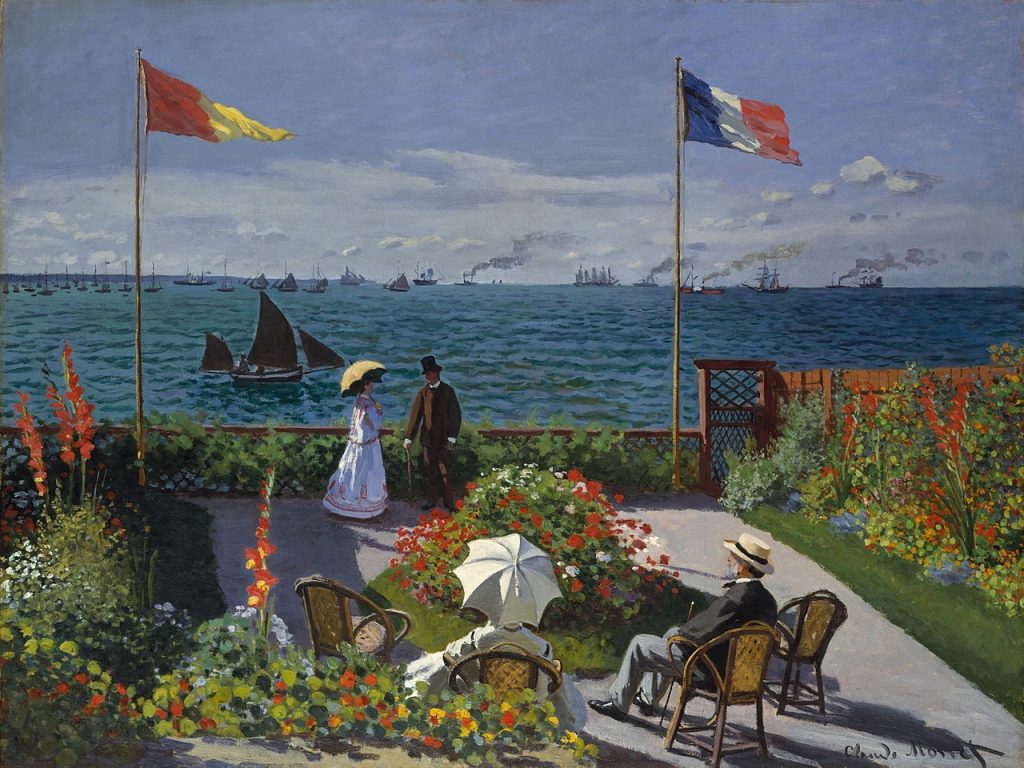The French-led art movement known as Impressionism first appeared in the late 1800s. It is distinguished by its emphasis on encapsulating the instantaneous impression of a scene or moment, frequently highlighting the influences of colour and light. Impressionist painters aimed to capture a situation’s mood and perception rather than produce accurate, realistic details. Impressionist paintings often have a spontaneous and “impressionistic” quality, focusing on the artist’s perception and personal interpretation of a subject.
Characteristics of Impressionism
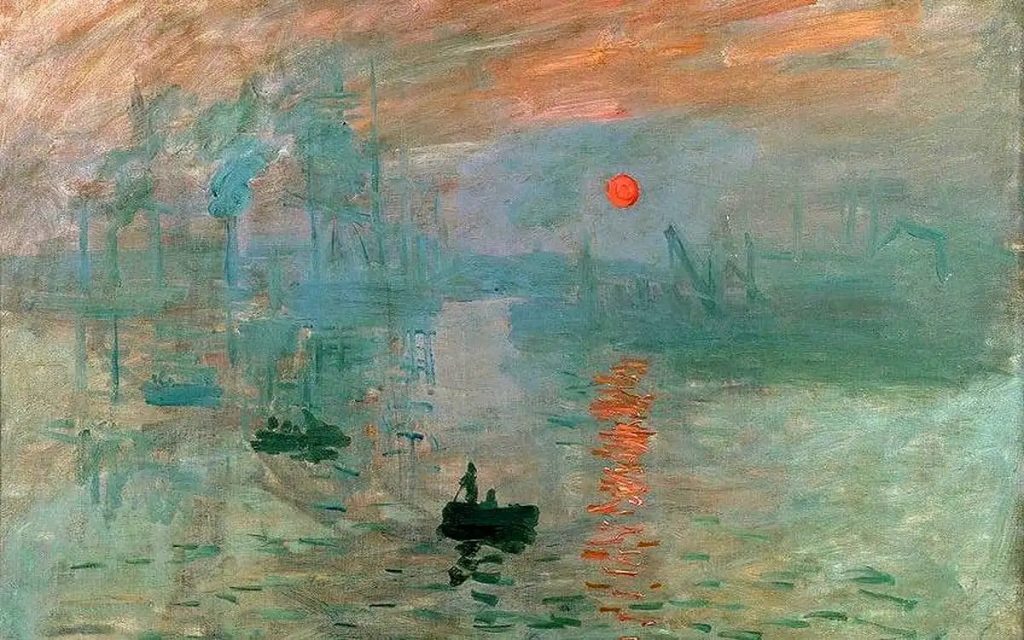
Instead of using a smooth, blended academic technique, Impressionist painters employed free, noticeable brushstrokes. Thanks to this technique, they could more naturally and expressively capture the dance of light and colour. Impressionists explored how light affected colour perception and frequently utilised vivid, intense colours. They often painted “en plein air,” or outside, to watch and record the shifting characteristics of daylight.
Impressionist paintings often feature landscapes, seascapes, cityscapes, and images from daily life. They frequently showed scenes from contemporary life, including people enjoying themselves in parks or cafes. Unconventional perspectives and viewpoints were occasionally preferred over traditional composition guidelines. Capturing a fleeting moment was more important than making an extremely organised composition.
Impressionist paintings frequently emphasise the temporary and fleeting aspect of the moment by evoking a feeling of atmosphere and mood. Claude Monet, Edgar Degas, Pierre-Auguste Renoir, Camille Pissarro, and Berthe Morisot are notable Impressionist painters. Despite initial opposition and criticism, the movement eventually significantly impacted modern art’s evolution. It cleared the path for later activities like Fauvism and Post-Impressionism.
Post Impressionism Art
In response to Impressionism, the art movement known as post-impressionism arose in the late 19th and early 20th centuries,
although Post-Impressionist painters used elements of the Impressionists’ methods, they also aimed to break free from the confines of the impressionistic style and discover new forms of artistic expression. The term “post-impressionism” refers to a broad spectrum of artistic styles, and among the practitioners of this movement are Vincent van Gogh, Paul Cézanne, Georges Seurat, and Paul Gauguin.
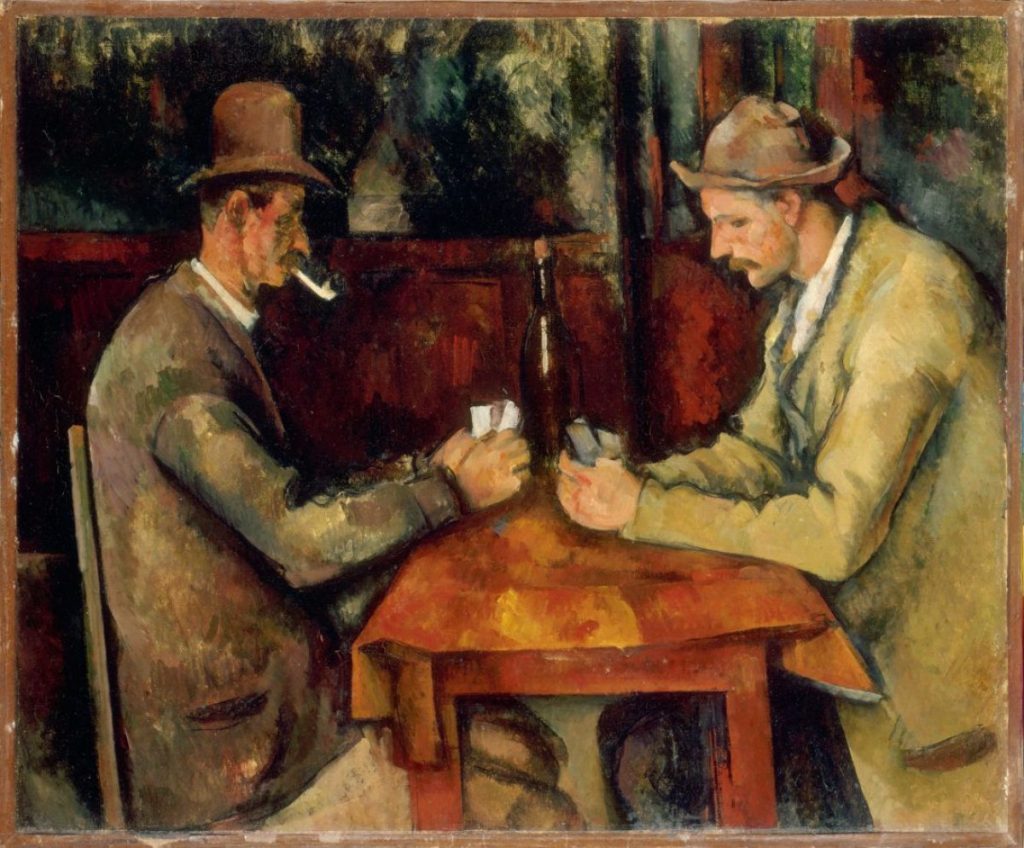
Post-impressionist painters departed from the Impressionists’ cohesive style, favouring more individualised and distinctive approaches. Every artist interpreted and represented the world differently. Post-impressionists carried on the Impressionists’ exploration of colour’s expressive potential. However, they frequently departed from the Impressionists’ tightly adhered-to colour scheme, using paint more symbolically or subjectively. Post-impressionists emphasised individual expression and interpretation more than they did broad subject matter. Artists often used their work to convey emotions, ideas, or personal experiences.
Neo-Impressionism
Neo-Impressionism, sometimes called Divisionism or Pointillism, is a late 19th-century art movement that developed as an extension or development of Impressionism. Félix Fénéon, an art critic, first used the term “Neo-Impressionism” in 1886. The trend is typified by using small, discrete colour points or dots applied in patterns to create a picture. The goal of this style was to replace the more intuitivist tactics of the original Impressionists with a more scientific approach to colour and light.
Neo-Impressionist artists applied small, discrete colour strokes or dots on the canvas. When viewed from a distance, these colour spots merge optically in the viewer’s eye, producing a unified image. Another name for this method is divisionism or pointillism. Scientific colour theories, like those of chemist Michel Eugène Chevreul, impacted Neo-Impressionist artists, especially Georges Seurat and Paul Signac. They thought that by employing tiny, pure colour dots, the effect on the viewer’s retina may be more harmonic and bright.
Claude Monet’s Impressionism
One of the leading representatives of the Impressionist movement, Claude Monet (1840–1926), is well known for his contributions to the advancement of modern art. Monet’s inventive use of colour, light, and brushstroke methods define his works. Like other Impressionists, Monet often painted outdoors (en plein air), capturing the effects of natural light on the landscape. This allowed him to observe and convey the changing atmosphere and colours in real time.
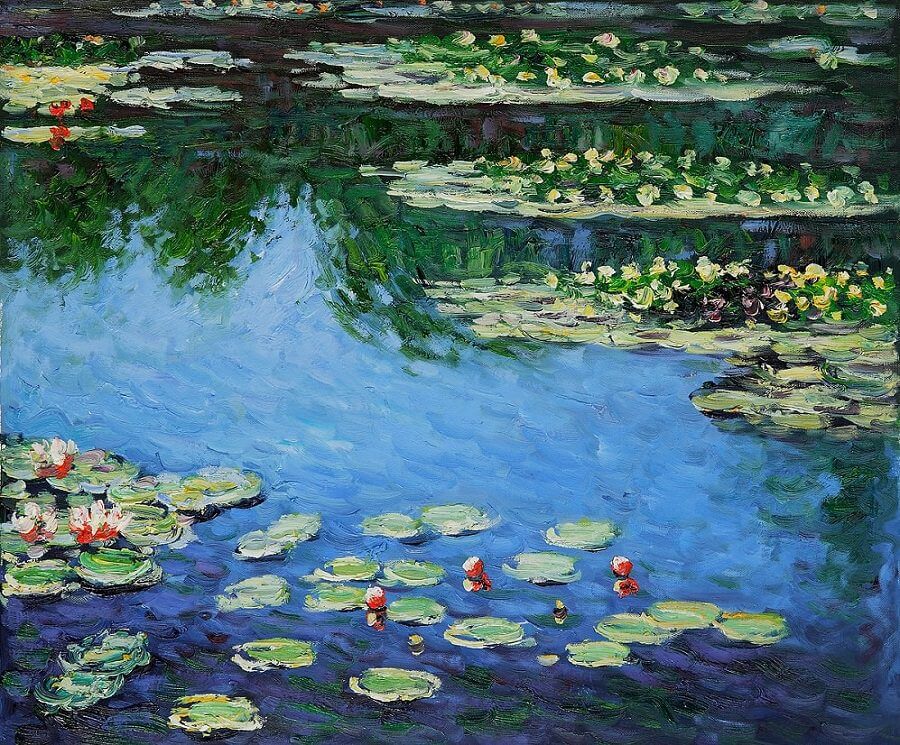
Claude Monet’s method of painting, in a novel way, revolutionised the art world. His creations catalysed the Impressionist movement and served as an inspiration to artists of later generations. Claude Monet is regarded as a significant and renowned figure in art history because of his dedication to preserving the fleeting effects of light and his mastery of colour.
Abstract Impressionism
Although not a separate art style, “abstract impressionism” occasionally refers to a stylistic approach that blends Impressionism and Abstract Expressionism components. Artworks that combine elements of both movements—the emphasis on light, colour, and atmosphere of Impressionism with the spontaneity and emotional intensity of Abstract Expressionism—can be referred to as Abstract Impressionism.
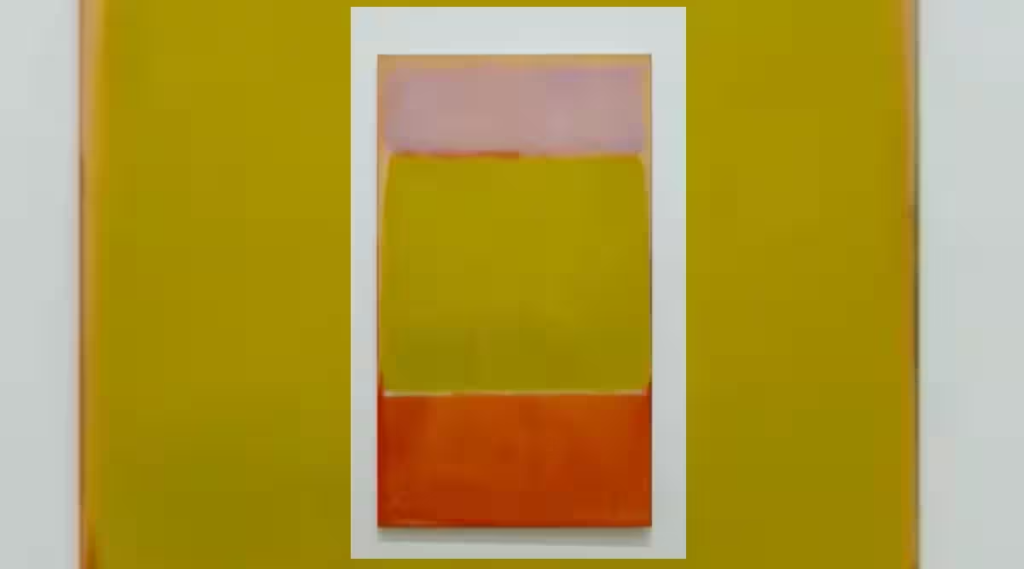 This mid-20th-century painting trend gained notoriety for emphasising the artist’s emotional expression and free-form, gestural brushwork. Abstract Expressionism is linked to artists like Mark Rothko, Willem de Kooning, and Jackson Pollock.
This mid-20th-century painting trend gained notoriety for emphasising the artist’s emotional expression and free-form, gestural brushwork. Abstract Expressionism is linked to artists like Mark Rothko, Willem de Kooning, and Jackson Pollock.
The phrase “abstract impressionism” can describe modern art that borrows from Impressionism’s atmospheric aspects and colour experimentation while including the spontaneity and abstraction of Abstract Expressionism. Artists in this style often emphasise mood and sensation over actual portrayal, using abstraction to express a personal or sentimental reaction to a scene.
American Impressionism
“American Impressionism” describes how American artists adopted the French Impressionist style in the late 19th and early 20th centuries. Though it was influenced by American landscapes, culture, and artistic traditions, American Impressionism was distinct from its French counterpart. This style started when artists started experimenting with impressionism’s emphasis on light and colour, loose brushwork, and plein air painting.
Van Gogh’s Impressionism
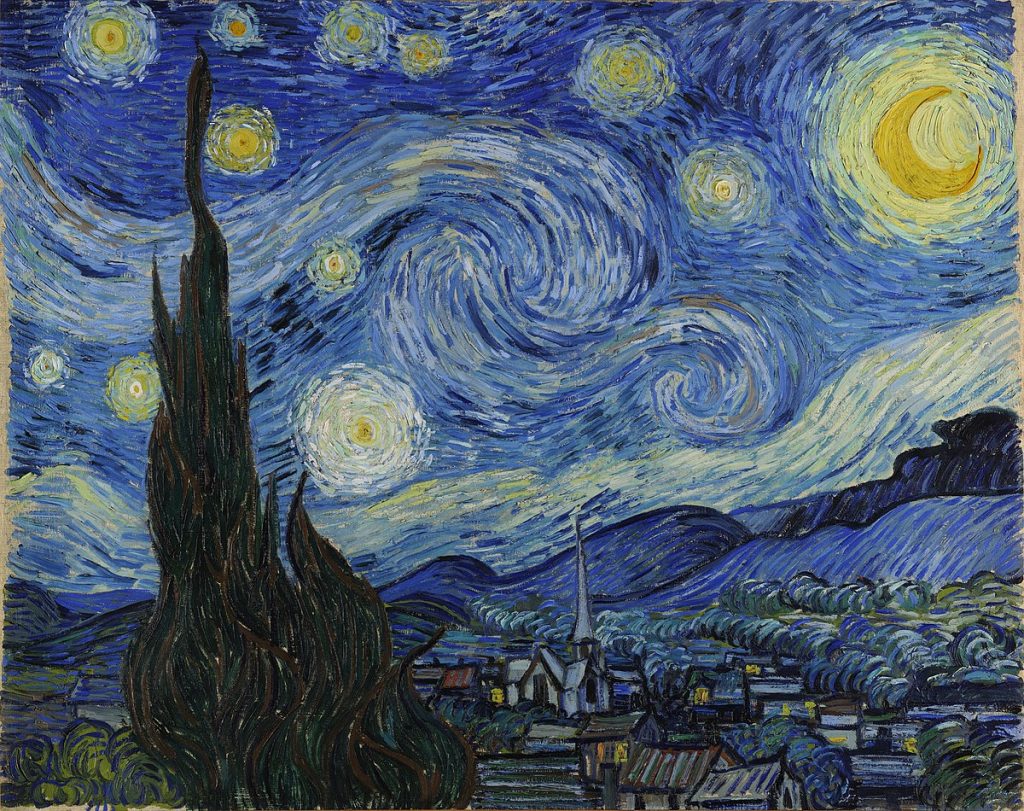 Since Vincent van Gogh created his unique style and went beyond the parameters of Impressionism, he is not usually categorised as an Impressionist painter. Nonetheless, it is undeniable that Van Gogh was affected by the Impressionist movement and adhered to some of its tenets at specific points in his career. Van Gogh was exposed to Impressionist concepts early in the development of his artistic career. Thanks to his brother Theo’s connections in art, Van Gogh became acquainted with the Impressionist painters’ work.
Since Vincent van Gogh created his unique style and went beyond the parameters of Impressionism, he is not usually categorised as an Impressionist painter. Nonetheless, it is undeniable that Van Gogh was affected by the Impressionist movement and adhered to some of its tenets at specific points in his career. Van Gogh was exposed to Impressionist concepts early in the development of his artistic career. Thanks to his brother Theo’s connections in art, Van Gogh became acquainted with the Impressionist painters’ work.
Impressionism Portrait
Painters of the Impressionist movement were renowned for their inventive techniques. Impressionists were best known for their landscapes and everyday situations, but several dabbled in portraiture. Like other works in the movement, impressionist portraits prioritised light, colour, and atmosphere over precise realism to capture the subject’s first impression.
Contemporary Impressionism
The phrase “current impressionism” can describe a painting style produced by modern artists that draws inspiration from Impressionist ideas. Modern here refers to the current era or the last few years. Impressionism is the name given to the late 19th-century art movement that firmly focused on portraying the instantaneous effects of colour and light. Impressionism’s key elements are regularly incorporated by modern artists who relate to or are influenced by it.
The varied backgrounds and influences of artists who create in this style contribute to the continuous development of artistic expression. The definitions and limitations of styles are ill-defined and open to personal interpretation, much like any other aspect of modern art. Artists build upon past movements, giving them new life and adaptations to suit today’s state of the arts.

